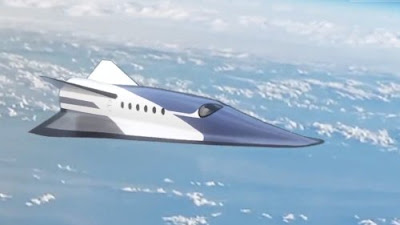DAILY INNOVATION BRIEF by Edward Kane, Journalist
DAILY INNOVATION BRIEF
By Journalists Edward Kane & Maryanne Kane
ENGINEER CREATES FLYING UMBRELLA THAT COVERS YOU IN THE RAIN
Source: I Build Stuff
- No pesky handles on this handle-less umbrella. It does the work for you. Here's what we know about this new innovation:
- It's an umbrella-drone hybrid with propellers
- 3-D printed
- Invented by "I Build Stuff" and it took months for the engineer to create
- Loaded with electronics that enable it to hover and zip through the air above you so you don't get wet in the rain
- Has flight controller, electric stability control circuit, GPS
- It follows the user around in the rain
- User controls umbrella with 2-handed remote to ensure it stays over head
- Until the flying umbrella, umbrellas haven't changed for 4,000 years
- Made of carbon fiber, it's strong but light
- Under development and needs to clear drone regulations in public places
- Very cool, new invention that eliminates the need to jostle with your umbrella while walking in the rain
- Mary Poppins may be eating her heart out.
ROBOTIC PLANE TO MAP ANTARCTIC MYSTERIES
- A team of British scientists and engineers are testing a robotic plane in the Antarctic to reach previously unreachable parts of the region and measure and forecast the impact of Climate Change. Here's what we know:
- Robotic plane developed by the British Antarctic Survey and UK company Windracer
- First experiment will be surveying a mountain under an ice sheet to predict how quickly the ice could melt and contribute to the rise in global sea levels
- Will also map areas of the Antarctic that have been inaccessible until now with the new drone-plane
- Route is programmed and an engineer monitors it by computer on the ground
- Instruments onboard include radar and cameras on the back and wings of the drone
- Data collected is analyzed by the British Antarctic Society in Cambridge, UK
- Can carry 200 lbs. of cargo for a range of 620 miles
- Drone is very rugged to endure the harsh weather conditions and uses significantly less fuel - 10 barrels vs. 200 barrels by a normal plane on such a research flight
- Will be deployed in a few weeks and is expected to provide valuable, new science on the Antarctic and Climate Change.
For more news stories like these,








Comments
Post a Comment